The Making of a Sustainable HERD | Through Conservation
Our objectives at HERD (Hoedspruit Elephant Rehabilitation and Development) speak to the Sustainable Development Goals (SDGs), also known as the Global Goals, adopted by the United Nations in 2015 as a universal call to action to end poverty, protect the planet, and ensure that by 2030 all people enjoy peace and prosperity. These goals, like our own, recognise that development must balance social, economic and environmental sustainability. As such, much of our work at HERD Trust involves not only the rehabilitation and integration of elephant orphans but also the sustainable development of the land and communities around us.
Pertaining to this holistic approach to conservation are these HERD objectives:
- Contribute towards the conservation value of elephants in a holistic way, by providing land to a flagship species that is not otherwise available. The conservation value lies not only in the conservation of the species, but promoting natural capital and natural land use for the benefit of people, while providing a safe rehabilitation context, and a sanctuary for partially rewilded elephants over their lifespan.
- Develop and leverage the potential role of elephants in contributing to local development, in the context of the sustainable development goals, including sustaining life on land, improving social cohesion, enhancing environmental and natural resource education on the reserve and in local schools, reducing poverty through employment and economic development of SMMEs associated with the elephants in their context, reducing gender inequality and broader inequality through the empowerment of women, youth and the poor and disadvantaged, through our operations and our broader footprint outside the reserve.
- Take a holistic approach to leveraging elephant goods (including dung) and services (including ecotourism, cultural value, existence value), that ensures the sustainability of the land-use and protection of the elephants on the reserve, but that also provides access with tenure to the local community to enhance the broader value of the current land-use relative to other options.
- To provide opportunity for research and student training to enhance our knowledge and capacity for sustainable development.
Holistic Land Management
Through creating a home and habitat for displaced elephants at HERD and our private reserve in South Africa, we are able to in turn use our establishment and partnerships to better the land, wildlife and local communities and raise vital awareness of not only elephants, but also sustainable environmental management.
It is essential that we tend to the surrounding land in the vicinity where the elephants traverse regularly en route to the further areas of the reserve. Part of our reasons for fundraising is to be able to apply preventative management techniques to the surrounding land to prevent environmental degradation shaped by the elephants. In Phase 1 of our land management project, we were able to cover 50 Hectares of land, and we aim to cover the same area in Phase 2. This involves the selective removal of encroaching indigenous tree species and reusing the plant matter using a veld management technique called brush packing. The operation will also remove alien/invasive plants species of the cacti variation from the affected area. Due to the lack of a stable grass community, indigenous grass seeds will be used to speed up the restoration process.
The long-term impact will ensure regeneration of essential elements necessary to make the environment thrive, manage soil erosion, ensure a greater diversity of healthy growth of plants and trees, and restore balance in grazing areas. This is absolutely vital to ensure longevity of the conservation as well as the health and well-being of wildlife grazing in these areas, especially for the elephants in our care.
To further our efforts to support a more sustainable relationship with the environment, and to use our existence to help give back to the earth, we are also engaged in various projects including: aquaponics, wormery, bana grass plantation, elephant dung harvesting and recycling, rodent control and research.
We love sharing our sustainability projects and goals with the world, as it truly is what enables us to live in harmony with our surrounding wilderness and wildlife. The elephants contribute in a variety of ways to the fertilising and restoring of the land, making up for their large footprint, but there is a lot we as the human herd supporting and sustaining them do to manage the reserve as best we can – from growing our own bana grass plantation to planting new trees to ensure the life cycles continue when old trees fall.
Our Holistic Environmental Management Plan aims to rehabilitate the affected areas and protect them from future degradation, keeping in mind the ever-increasing size of the herd, but also to work with and help the environment in other ways not related to the herd – other factors, animals and natural processes. We work to combat large erosion networks to prevent the loss of valuable topsoil. Our team on the ground plan and revise road networks and associated infrastructure and techniques that will revive the basal grass layer essential for ecosystem well-being. They also carry out strategies to protect existing large trees from being pushed over by the herd – trees that are critical for nature’s hydrological cycle, pollination, micro-habitats for smaller members of the ecosystem and to shade animals from the sun. Our team also monitor the reserve fence infrastructure to ensure the valuable wildlife in the reserve, the life force of our ecotourism industry, stay within the confines of the reserve. If we fail in this, there may and arguably will be severe consequences.
Taking care of our reserve is an important part of our responsibility in creating a greener future and more sustainable world.
Wormery
It has long been a dream of ours to create an aquaponics and wormery farm that could complement the work at both Jabulani, the lodge and HERD, in sustainable ways. Firstly, as a way to work toward creating a space with zero waste, and secondly to enable a place for learning – about not only elephants, but easy ways to care for the environment and transform your garden, whether at home, business, mall or schools (the options are endless) into sustainable and food-generating oases.
When we started HERD, we quickly followed up with building an aquaponics nursery on the same land as the orphanage, and then a wormery farm (vermiculture), working as a team to develop these projects, before opening them as places for visitors to come and learn from.
HERD Carer, Herman actually began his journey with us here, in the wormery, tending to the farm with love and care and dedication that made Adine realise that this was a man who the kind of heart and loyalty that is needed to care for baby elephants. Herman soon took on a new role, caring for Khanyisa and learning more and more about elephants. Already, in this way, our space of sharing and growth was showing beautiful results.
Junior Nursery Carer at HERD, Khensani is also now assisting with the wormery, together with Operations Manager, Juan.
We currently use Red Wiggler worms (Eisenia fetida) which we feed elephant manure from the Jabulani Herd and any wasted fresh produce from the kitchen at Jabulani. The Red Wigglers eat just about anything organic, such as fruit and vegetable scraps, bread, coffee grounds and filters, tea bags, grains, plant trimmings, paper and leaves. What you should avoid feeding them are pet waste, meat, dairy and hot and spicy foods, and you should never feed them metals, foils, plastics, chemicals, oils, solvents, insecticides, soaps, paint, and the like.
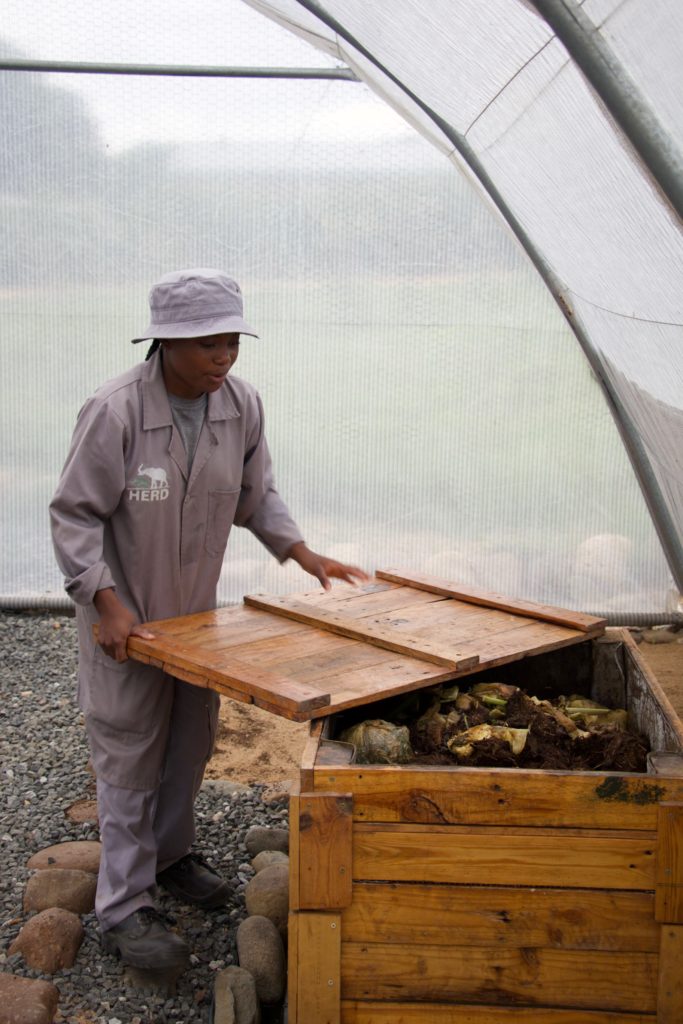

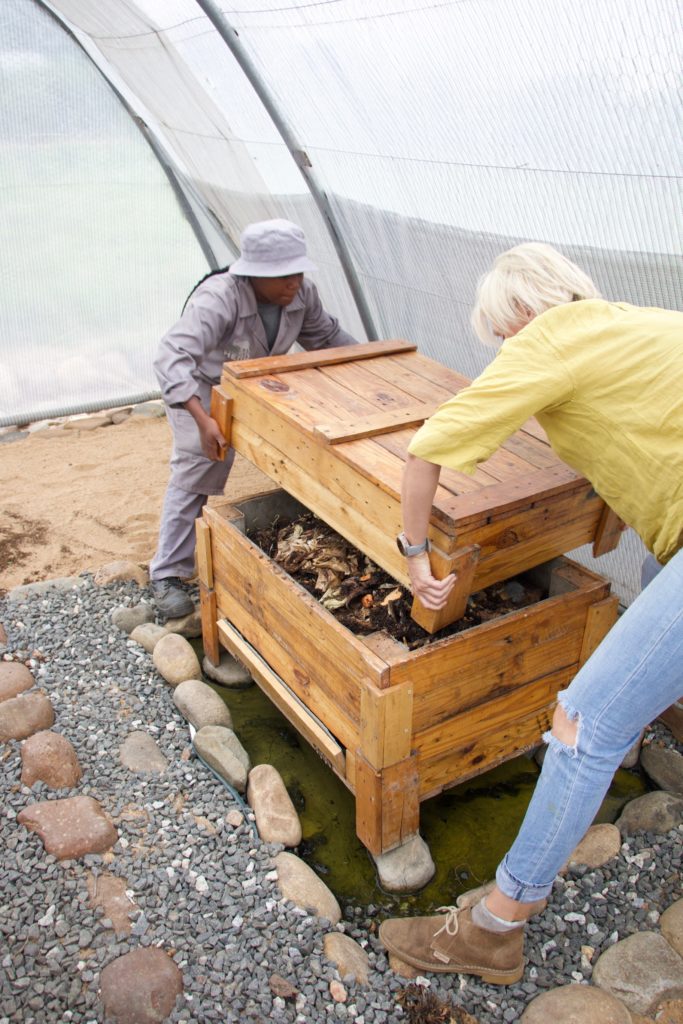
We have witnessed a great proliferation of worms and other bugs in our farm, creating a rich and healthy biodiversity from this biomass. Over time, by-products are produced by the worm farm, for example, vermicompost (containing water-soluble nutrients, it is an excellent, nutrient-rich organic fertiliser and soil conditioner) and vermitea (urine that acts as an organic insect repellent for crops). We use this to add to our bana grass plantation, which is used to feed the elephants.
The leftover bana grass and elephant dung is added back to the worm farm and the worms continue to break them down and turn them back into fertiliser to nourish the plants. Such is the perfect closed circuit cycle that these sustainable farming or gardening practices enable, ensuring that we can continue to care for the land and animals in the best possible way. As the worms eat through compost, they leave behind waste called worm castings or vermicast, an organic form of fertiliser produced from earthworms (also called worm humus, worm manure, or worm faeces). These are an optimal soil enricher, improve soil aeration and drainage, and increase water retention in the soil.
Aquaponics
Our innovative aquaponics system allows us to grow fresh produce most commonly used in our Jabulani kitchen; giving us more control on the quality and source of the ingredients available to the Jabulani chefs. Our aquaponics project feeds into our greater conservation philosophy and ensures fresh nearby sources of food for the lodge and our guests.
What is Aquaponics? It’s a combination of aquaculture (growing fish and other aquatic animals), and hydroponics (growing plants without soil). It’s a symbiotic system whereby the plants are fed the waste / discharge from the fish (in our case: tilapia) and in return, the plants clean the water that goes back to the fish. The fish waste is thereby recycled and made use of, instead of ending up in the ocean and the water used is recirculated in a closed system, reducing the amount of water used. For the plants, we source crop seeds that are not genetically modified from reputable suppliers that follow excellent environmental practices.
We hope to develop and perfect these projects to be able to replicate them in the communities and local schools we work with, to further the scope of sustainable practices all around us and develop easier, and more profitable ways of producing one’s own food.
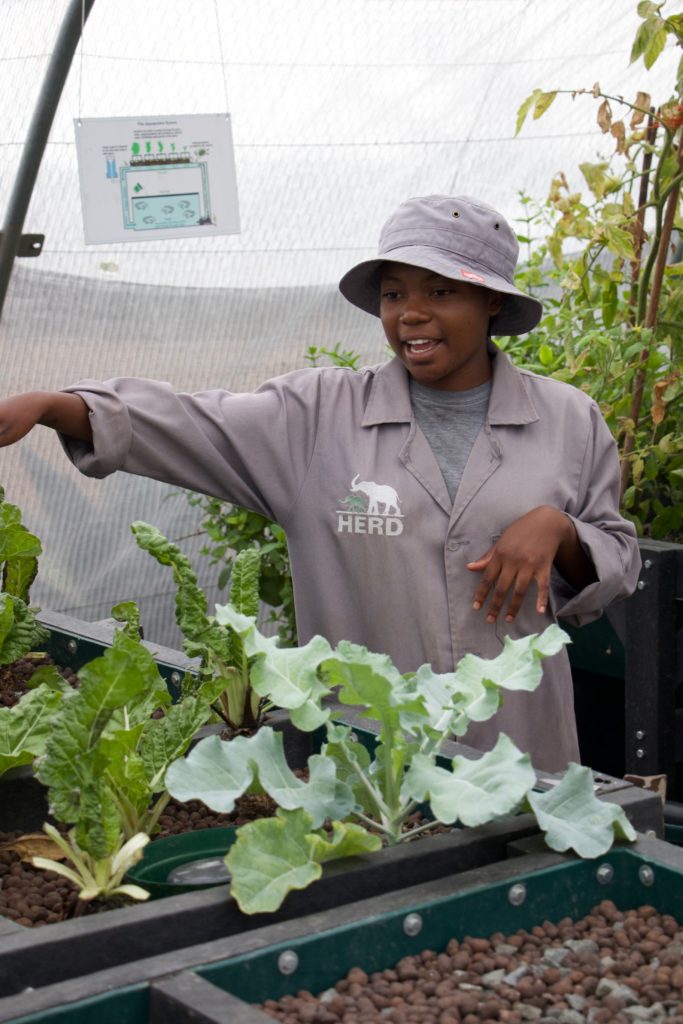
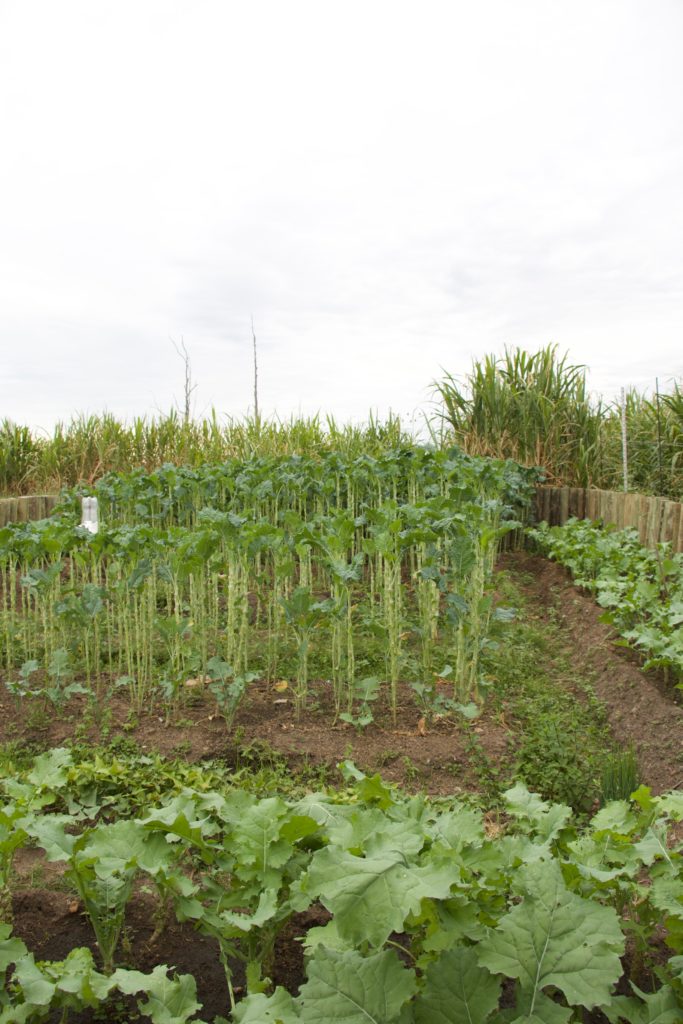
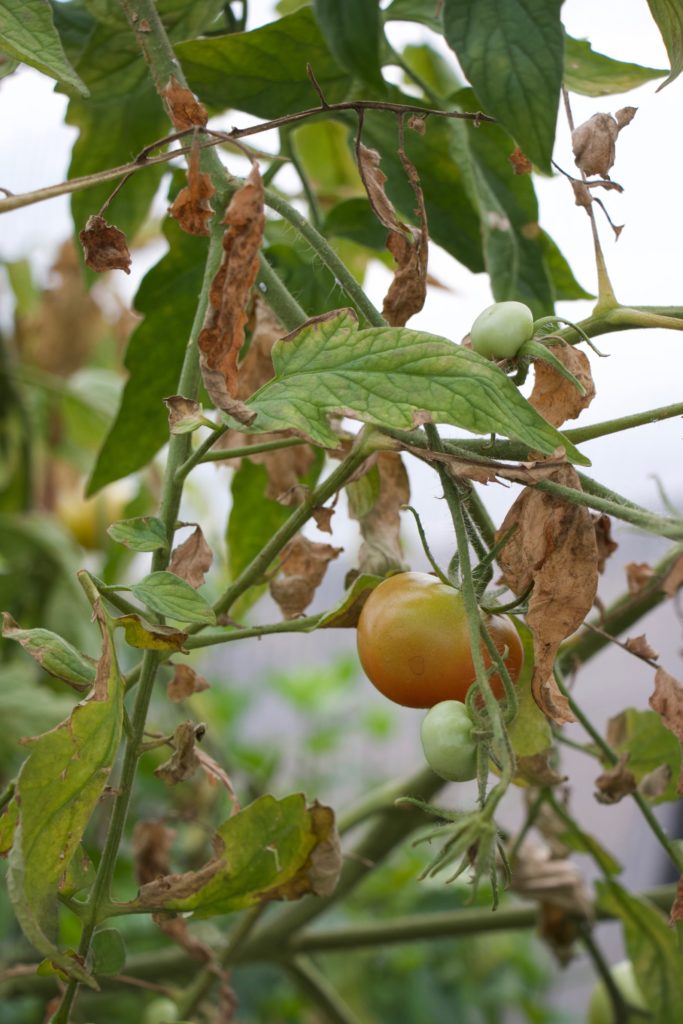
Bana Grass
Our homegrown bana grass plantation sits alongside the orphanage and is a sustainable and convenient extra source of food for the Jabulani herd and orphans at HERD during the dry season and to supplement their foraging in the bush. Commonly referred to as “elephant grass”, bana grass provides a good source of nutrition, including protein and fibre. The farm-to-fork concept of sustainability is just as essential when caring for elephants as it is humans and the planet as a whole.
Part of the early morning duties of the elephant care team is to head out into the bana grass fields to harvest at least 8 metres of 10 rows of fresh bana grass. A small delivery is taken to the orphanage for Khanyisa, and once the stables are cleaned for the day, the rest of the harvest is dropped off around the homestead, both under the roofed area as well as in the fields that surround the stables. In between feeding elephants, the quick and easy-to-grow grass is tended to by our dedicated team and harvested row by row, systemically, to ensure that each row can regenerate.
The provision of bana grass for the elephants in the Jabulani herd and orphanage becomes even more important at times when some of the herd members aren’t able to go out foraging and walking in the bush during the day. For instance, with elephant bull Fishan, when he was recovering from his leg fracture.
Keeping this plantation surviving and providing is part of our overall sustainability management plan. The development of the bana grass plantation started in November 2016. Bana grass is not grown from seeds, but rather from planting short pieces of cut stalk of an existing plant, much like sugarcane. The first round of stock was bought from a neighbouring farm, and used by the Jabulani team to propagate further crops. But first the land had to be prepared, fences had to be put up, and waterlines laid. It was a process that took just over eight months.
Our team started off with 20 rows, which they then cut plants from, to keep increasing the number of rows. Today we have a total of 80 rows, each row at 400 metres in length. The bana grass grows to be about 4 metres in height and takes approximately 60 days to grow back to full length after harvesting.
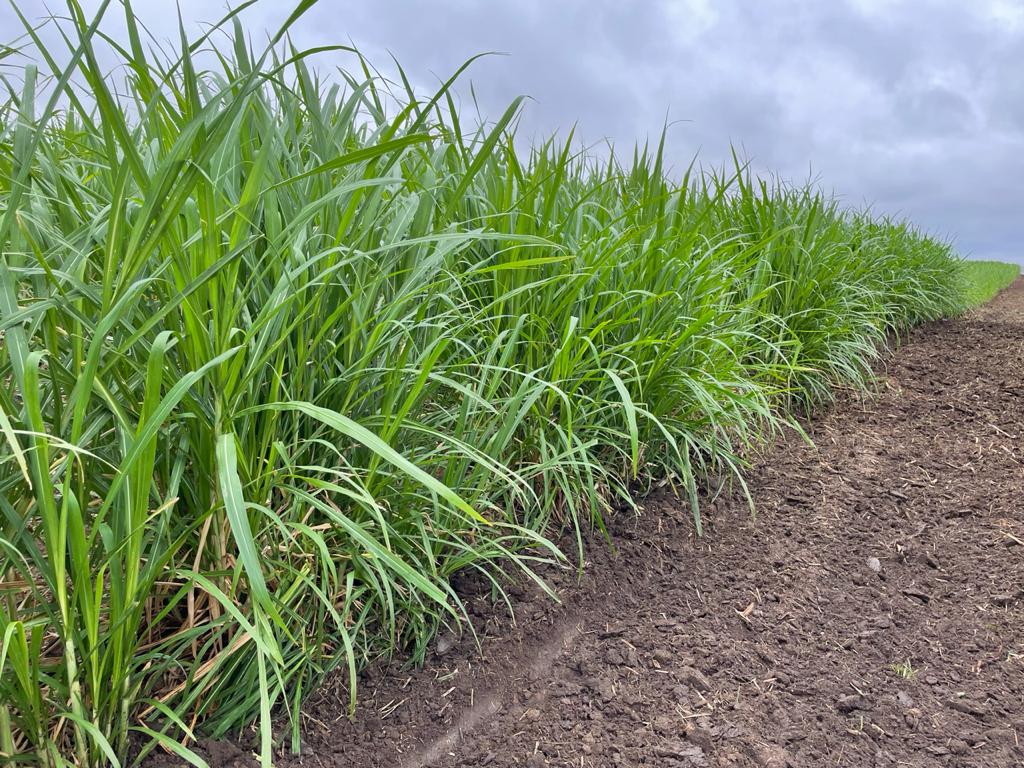
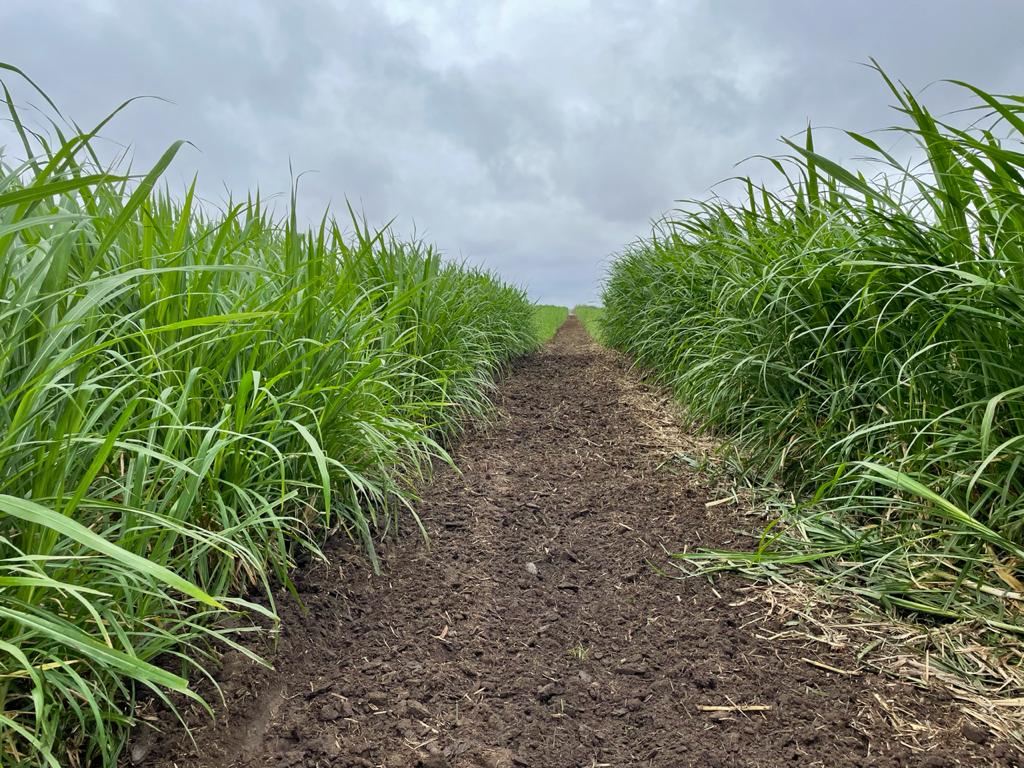
Elephant Dung – Paper and Soap, Compost, Erosion Fills
Elephant dung has been used in different ways in African communities. Our longtime Carer Last shared that women make use of it to avoid having a Caesarean. They will dry the dung and then put it in water to drink. Elephant dung has other uses too, such as for compost.
We use the dung from the rescued herd for a variety of ways, including conservation and community projects – such as making soap and paper as part of a community empowerment initiative and an activity for family travellers staying at Jabulani. Regarding conservation, we use the dung as a fertiliser, sell or donate it to local eco-village gardens that feed children in need, to make pot plants, to pack in the sides of the dirt roads to combat erosion and to fill potholes, to feed new elephant orphans who rely on the dung for bacteria as calves, to assist their digestion, and… we use some of the dung to create gin infusions with Jabulani lodge…
The uses are endless and the ways to help the land heal and restore itself are too. Elephants can in this way contribute to conservation and community upliftment.
Conservation Research
When possible and appropriate, we give nature conservation or environmental science students the chance to carry out valuable practical research work in our reserve, as part of their academic studies. It gives us great joy to be able to assist young students with their dreams to contribute to the field of elephant research, in particular, and to benefit from the added knowledge they are able to share as a result. Previously, we had the pleasure of working with student, Chloe Grotto, who became a resident “poopologist”, studying the Jabulani elephants’ dung, and recently we have been working with South African university student, Chloe Caister who is researching elephants’ personalities, for her Masters project. Read more >
Sustainable Rodent Control
There is so much more to our sustainable development goals and elephant management plan, which we endeavour to show through our videos and blogs throughout our journey – including the feral cats we “employ” in the reserve to assist with clearing the area around the elephant homestead and orphanage from rodents. This is vital as rats and other rodents can spread diseases that can be fatal to elephants, especially already fragile calves. This is a sustainable approach to monitoring and managing pest control, without using products that are detrimental to the land and wildlife.
Our conservation efforts are intrinsically linked to our work with the community and our elephant and nursery carers who help lead the way in providing more opportunities for the people closest to us. We will share more about this in our next blog, A Sustainable HERD | Through Community.
You can support our ongoing land management projects through GlobalGiving or email us to find out more: fundraising@herd.org.za

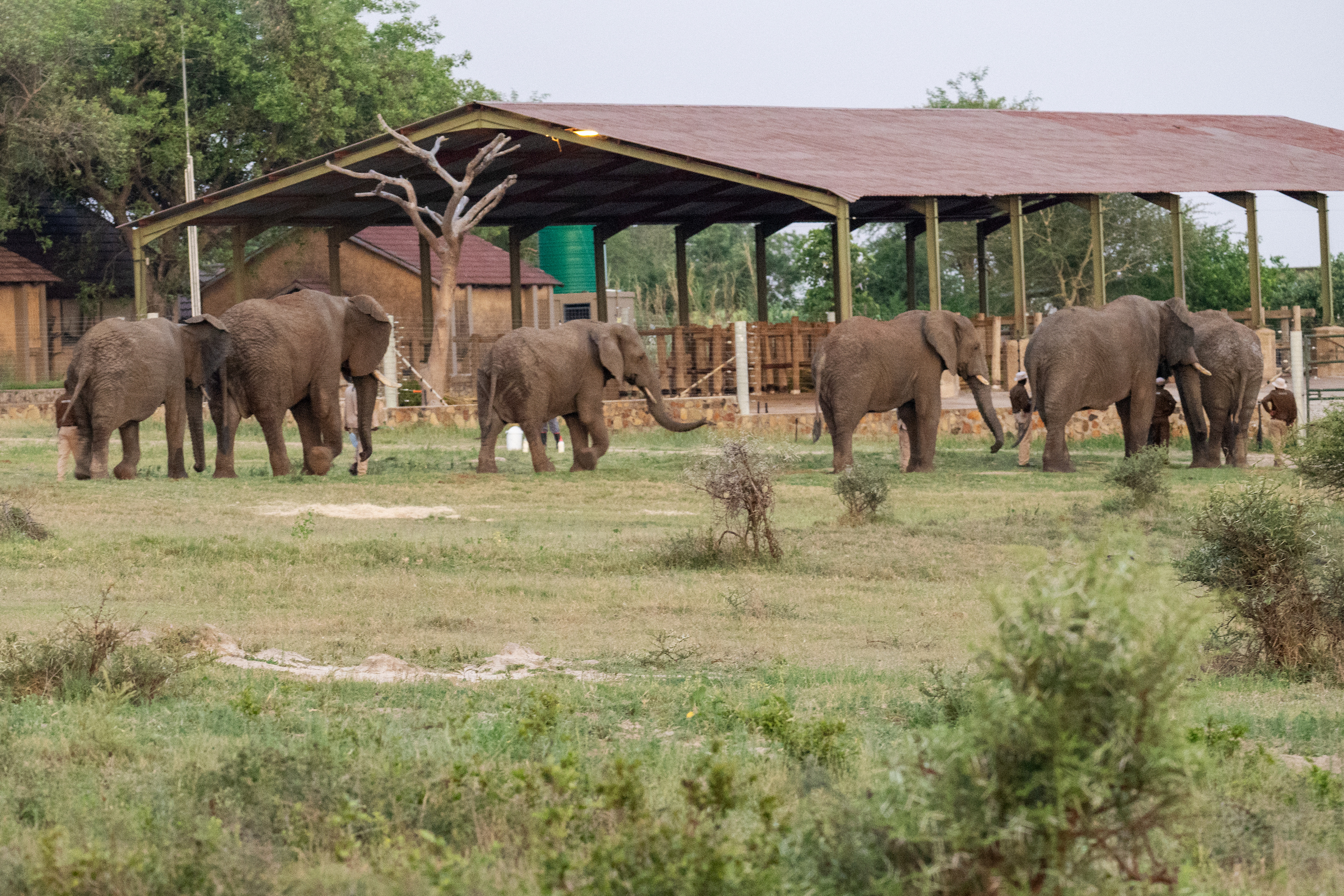

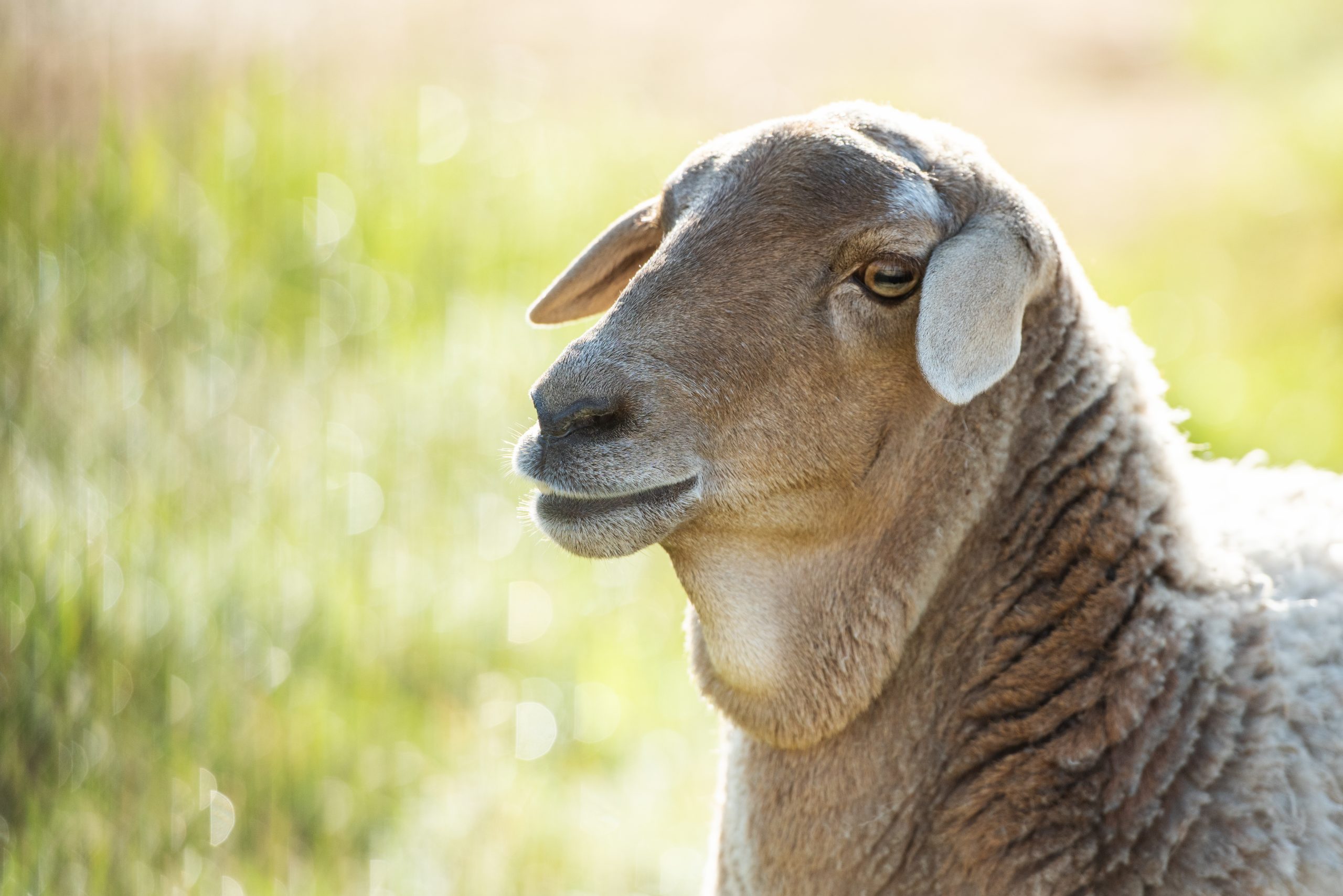

Ecaterin
I am astonished and amazed and so admiring of all the conservation of land and closed-loop agriculture and community support with teaching and omg FEEDing people that HERD and the lodge are involved in! I read and watched everything on this page and was utterly riveted <3 This is the most beautiful system you have built and continue to build, it literally brought tears to my eyes to learn about (for the last 2 hours - and now I'm going to go follow all the links!). Thank you so much not only for the work and love you are giving to the earth, but also sharing it with all of us in such detail!